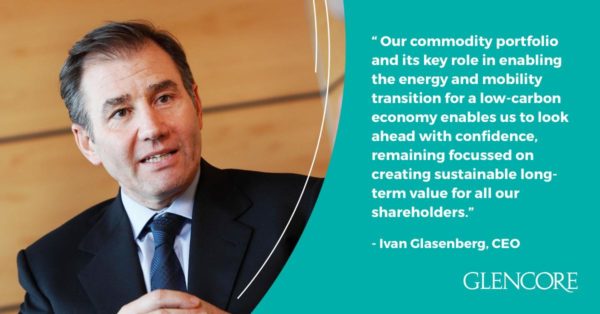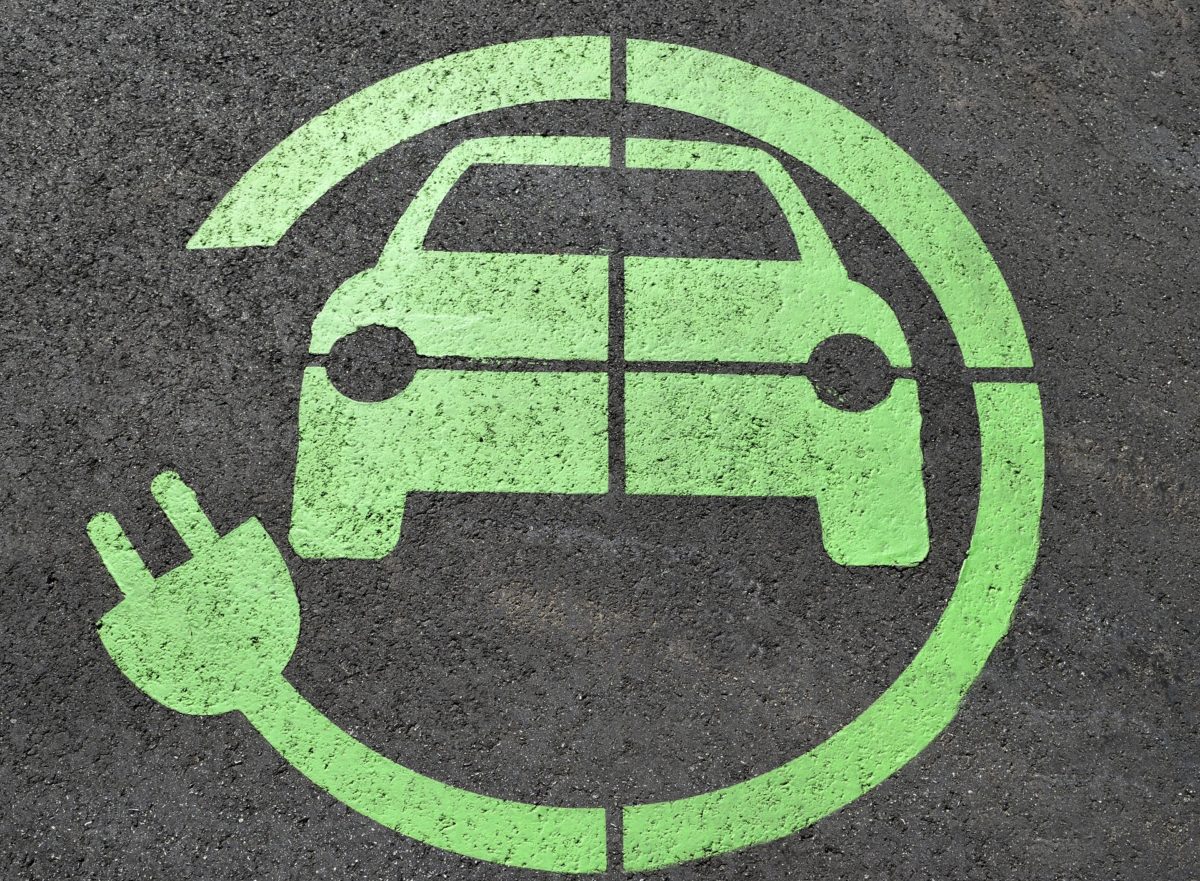From pv magazine Australia.
At Glencore’s presentation of preliminary results for 2018 in London this week, global CEO Ivan Glasenberg announced the Australian mining giant would further its “commitment to the transition to a low-carbon economy”, and had agreed with shareholders to cap coal production at its current 150 million ton capacity.
Glasenberg, who until recently presided over Glencore’s expansion of investment in coal mining – including last year’s purchase of Anglo-Australian rival Rio Tinto’s coal assets for US$1.7 billion – made it clear the new cap will stick, saying “we have agreed that we will limit it to that amount of tonnage going forward”, and “we will not increase the tonnages of thermal coal produced by the group on a future basis”.
Instead, he emphasized Anglo-Swiss commodity trader Glencore was “well placed” to take advantage of the energy transition to renewables. Glasenberg told shareholders and media: “We have the right commodities, as you are aware — cobalt, zinc, nickel, copper — which is a complement for battery supply, and we continue, hopefully, to grow in those areas. We aim to capitalize on that as we move the energy and mobility transition into electric vehicles. We will be at the forefront, producing the commodities in that area.”
Cap is actually a rise
Glencore’s extensive coal interests and infrastructure in Australia, which include 16 open-cut and underground mines that produced more than 88 million tonnes of thermal and coking coal in 2017, will not be affected by Wednesday’s announcement by the London-listed conglomerate.
The 150 million tonne cap is actually an increase on the company’s 2018 global production figure of 130 million tonnes, but nonetheless represents a change in direction for a business which acknowledged investor pressure and said its turnaround on coal expansion had been made “following engagement with investor signatories of the Climate Action 100+” campaign group.
The announcement was enough to prompt The Wall Street Journal to run an article entitled ‘Glencore, the King of Coal, Bows to Investor Pressure Over Climate’, and state: “Glencore is the latest company to agree to investor demands, but many more are likely to follow as companies prepare for their annual meetings of shareholders in the coming months.”
WSJ journalists and commentators Scott Patterson and Oliver Griffin also mentioned Royal Dutch Shell’s agreement in December to set targets to reduce emissions from the use of its products, labelling it “the first giant energy company to agree to such a step”.

Batteries are the buzzword
Popular content
Oil and gas major Shell has also diversified its interests into “new energy”, and is all set to acquire German residential battery maker sonnen.
Late last year, sonnen began assembling batteries at a production line in the former Holden manufacturing site in Elizabeth, South Australia, with the aim of turning out 10,000 batteries per year for the next five years, to supply Australian households and the Asia-Pacific region.
This month, Shell Australia chair Zoe Yujnovich told a Melbourne Mining Club gathering sonnen had already supplied 3,000 battery systems to Australian households and Shell had “plans for growing” the sonnen business in the country.
Glencore’s move is another example of corporations either seeing the climate-change red light, succumbing to investor leverage or simply positioning to take advantage of lucrative renewable energy opportunities.
The miner’s press release announcing its preliminary results stated: “Glencore recognizes the importance of disclosing to investors how the company ensures that material capital expenditure and investments are in line with the Paris goals [for limiting emissions].
“This includes each material investment in the exploration, acquisition or development of fossil fuel – including thermal and coking coal – production, resources and reserves, as well as in resources, reserves and technologies associated with the transition to a low-carbon economy.”
From next year, Glencore has undertaken to make public its progress in those areas, using its annual reports.
By Natalie Filatoff.
This content is protected by copyright and may not be reused. If you want to cooperate with us and would like to reuse some of our content, please contact: editors@pv-magazine.com.


By submitting this form you agree to pv magazine using your data for the purposes of publishing your comment.
Your personal data will only be disclosed or otherwise transmitted to third parties for the purposes of spam filtering or if this is necessary for technical maintenance of the website. Any other transfer to third parties will not take place unless this is justified on the basis of applicable data protection regulations or if pv magazine is legally obliged to do so.
You may revoke this consent at any time with effect for the future, in which case your personal data will be deleted immediately. Otherwise, your data will be deleted if pv magazine has processed your request or the purpose of data storage is fulfilled.
Further information on data privacy can be found in our Data Protection Policy.